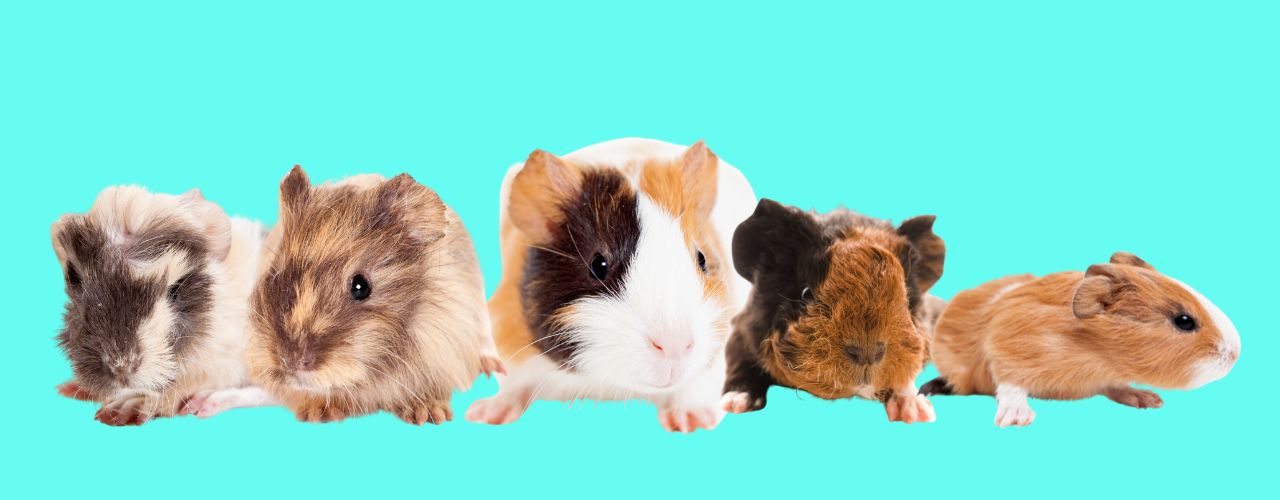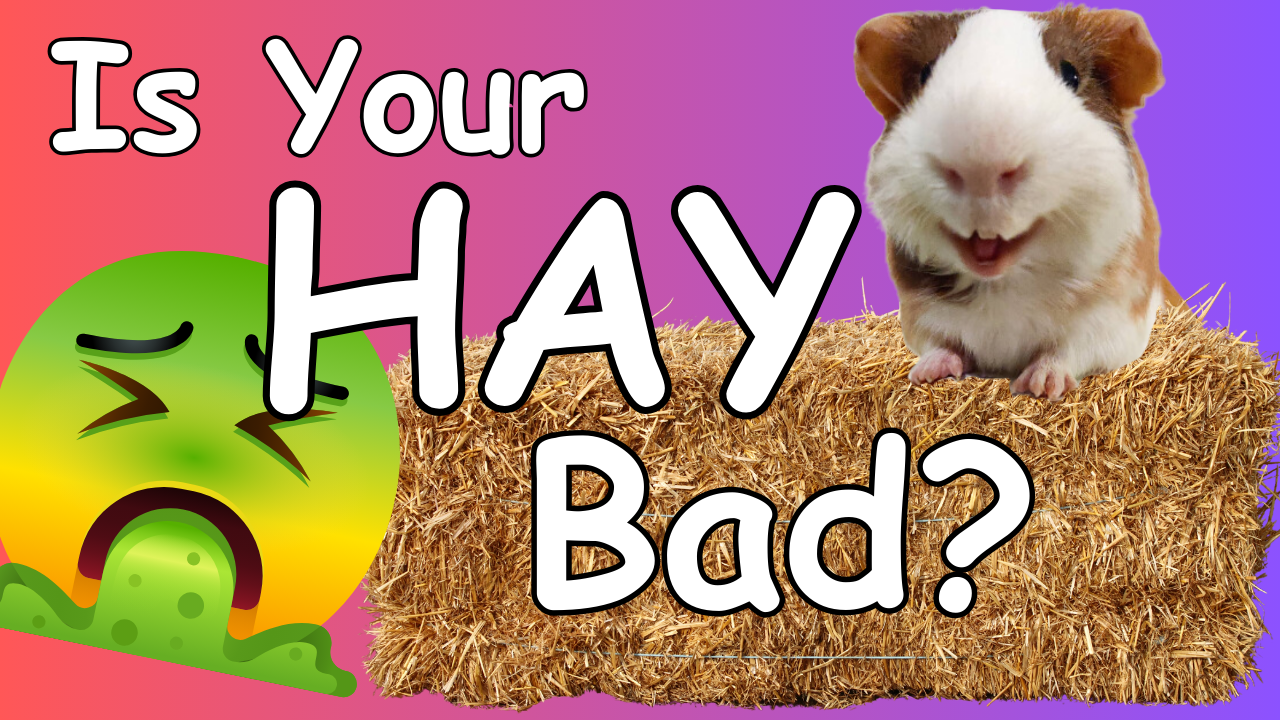In the world of pet care, ensuring that your furry companions receive the best nutrition is paramount. For small animals like guinea pigs, rabbits, or chinchillas, hay plays a crucial role in their diet. But how can you, as a consumer, quickly discern whether the hay you’re purchasing is of high quality? In this guide, we’ll explore some essential tips to help you make informed decisions so you can ensure you’re getting the best hay for guinea pigs and other pets that’s on the market.
Color:
The color of the hay is often the first indicator of its quality. Optimal hay should exhibit shades of green, indicating freshness and nutrient content. While some yellowing is normal, excessive browning may suggest lower quality.

Purity:
Inspect the hay for any foreign materials such as mold, fungus, or other plant species. Ideally, the hay should consist solely of the intended variety, without any additional vegetation or contaminants.

Consistency:
High-quality hay should possess a uniform appearance without random brown or discolored patches. Consistency in color and texture is indicative of well-maintained and properly harvested hay.

Bale Examination:
If purchasing hay in bale form, scrutinize its condition closely. A good bale should exhibit uniformity in color and texture throughout its structure. Any signs of excessive yellowing, random plant growth, or loose baling are red flags indicating potential deterioration or poor storage conditions.

Texture:
When handling the hay, observe its flexibility. Quality hay should bend without breaking, indicating adequate moisture content and freshness. Brittle or overly stiff hay may lack nutritional value and palatability.

Aroma:
A sweet, grassy scent is characteristic of fresh, high-quality hay. Avoid hay with sour or musty odors, which may indicate improper storage conditions leading to spoilage or fermentation.

Taste Test (For Your Pets):
While you may not want to sample the hay yourself, observe your pets’ reactions when offered different types of hay. Pets often have preferences for certain textures and flavors, and their enthusiasm for consuming particular hay varieties can serve as a reliable indicator of quality.

By employing these simple guidelines, you can make informed decisions when selecting hay for your pets, ensuring their dietary needs are met with the highest quality forage available. Remember, the well-being of your furry friends begins with the quality of their nutrition, so invest the time and effort to source the best hay possible.
If you’re not sure where to start, we highly recommend trying 2nd Cutting Timothy Hay from Small Pet Select. We’ve found their hay is both extremely high quality and also a great price! (It’s what we use!)
For a more in-depth discussion and visual demonstrations of these key points, consider watching the accompanying video, where we delve deeper into the nuances of evaluating hay quality. Your pets will thank you for it!
Don’t forget to hit the like button and subscribe for more pet care tips and tricks!
With these insights, you can confidently provide your pets with the nourishment they deserve while fostering their health and happiness. Happy pet parenting!
Interested to learn more about healthy foods for your guinea pigs? Check out our article about 12 healthy foods that are easy to grow for your guinea pigs!
*Links above may be affiliate.

